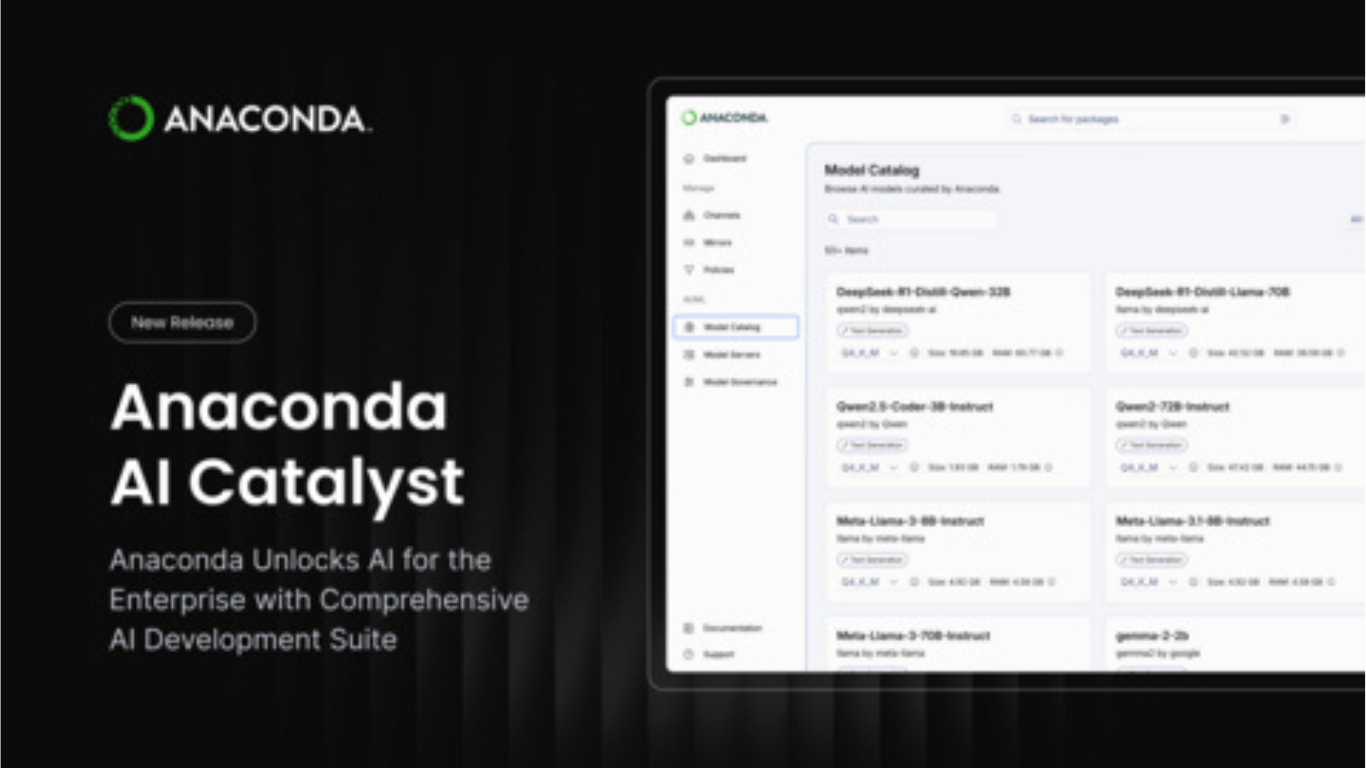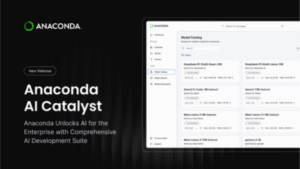A burst pipe, a late night clinic visit, or a car that will not start can break a week’s budget. When savings are thin and payday is a few days away, the gap feels bigger than the bill.
Some Californians look at fast emergency loans for Californians to keep the lights on or get a repair started. The idea is simple, borrow a small amount for a short time, fix the urgent problem, then repay on your next pay date.
Used with a plan, this can keep a minor issue from turning into a larger bill.
When a Loan Helps
Short loans fit narrow, time-sensitive needs. The best use cases are one-time costs where delay increases damage or danger. Think a clinic visit after a sprain, a plumber visit to stop a leak, or a starter replacement that gets you back to work.
The amount should be small enough to repay from your next paycheck without skipping rent or other must-pay bills. If the expense is large, or if you already have past-due balances, another option may suit you better.
Timing also matters. If the service provider needs a deposit today and you are paid in three days, a short loan fills that window. If you will not have enough income for weeks, a longer plan makes more sense.
How Payday Loans Work
A payday loan is usually a single-payment loan due on your next pay date. Many lenders use a simple online form that checks your income and bank details. Some lenders issue decisions quickly and can send funds to a debit card or bank account on the same day.
Fees vary by lender and state rules. You should see the dollar fee and the annual percentage rate shown before you accept. The Consumer Financial Protection Bureau explains the basics and common terms in clear language, which helps you compare offers across lenders.
Repayment is often automated. Lenders may schedule an electronic debit on your due date. Keep an eye on your balance so the debit does not trigger overdraft fees.
If your pay date changes or your hours are cut, contact the lender early and ask about moving the date.
Costs to Think About
Fees on short loans can look small as a dollar figure, yet the annualized rate is high because the term is short. Focus on cash impact. Ask yourself, “If I borrow this amount and pay the listed fee on my next payday, will I still have enough for rent, food, transport, and utilities?”
Rolling over a loan raises the total cost fast. If you extend or refinance every pay cycle, the fee stacks up. If you must extend, set a stop date in writing and cut other costs to break the cycle. Some lenders allow partial payments.
A partial payment can bring the balance down and reduce the next fee.
Read the disclosures before you sign. Check for extra charges like expedited funding fees, late fees, or fees for multiple debit attempts. If anything looks unclear, ask for a simple example that shows the total you will pay and on what date.
Tips for Borrowing Smart
- Borrow only what you need. A little extra “just in case” sounds nice, but it adds cost without adding value. Keep the loan small and precise.
- Make a mini budget for the next pay cycle. Write your take-home pay at the top. Subtract rent, utilities, food, transport, and the loan payoff. If the result is negative, reduce the loan size or shift other spending now, not later.
- Set alerts on your bank app for low balance. Move your due date to the morning after your paycheck lands if the lender allows it. This reduces the chance of overdraft fees.
Confirm the lender’s license where you live and read recent customer reviews that talk about fee clarity, payment changes, and support response time. If a lender pushes you to borrow more or to stack loans, step back and compare other choices.

Alternatives to Compare
- Ask the provider for options. Medical offices often offer payment plans. Plumbers and contractors sometimes split the bill into a deposit and a completion payment. Ask, you might get a plan that works without borrowing.
- If you are a member of a credit union, ask about small-dollar loans designed for short gaps. Some employers offer pay advances or access to earned wages for a small flat fee. A family loan can work if both sides agree in writing and set a clear payoff date.
- Use savings if you have some. Even a small withdrawal beats paying fees every two weeks. Then rebuild your savings with an automatic transfer of a few dollars per pay period. The Federal Reserve’s household well-being report shows why even a modest emergency fund helps with surprise bills, and it offers perspective on how common these shocks are.
- Compare the true cost. Write down the dollar fee for each option and the timeline. A loan with a fee you can repay in fourteen days can be cheaper than a late fee that triggers more penalties. On the other hand, if you will need to extend, a longer loan with fixed payments may lower stress and total cost.
Building a Safety Net
Relying on short loans for every setback can create stress. A small safety net makes a big difference. Start with a goal as low as fifty dollars in a savings account or prepaid card. Add a little from each paycheck, even five dollars, and let it grow slowly.
Over time, this fund becomes the first stop for small surprises like a co-pay, a bus fare, or a utility fee. The habit builds confidence and reduces the need to borrow often. If you do use a payday loan, plan to rebuild savings as soon as it is repaid.
A steady habit, even in small amounts, shifts borrowing from routine to rare.
Takeaway
Short payday loans can keep a car on the road or a small leak from getting worse. They work best for tight, one-time bills, a short time frame, and a clear plan to repay. Keep the amount small, read the fees, set alerts, and talk to the provider about payment options. If you borrow, pay it off on schedule and then build a small buffer so the next surprise is less painful.
Article received via email






























